A major reinstallation of Krannert Art Museum's Andean gallery highlights the connections and dynamic lives of the objects in the collection and allows Peruvian voices to shape the interpretations of their histories.
Visitors will get their first look at the renovated Andean gallery at the museum's grand reopening celebration on Aug. 28. The reopening also features a solo exhibition of contemporary artist Ronny Quevedo and the reinstallation of European and American art in the Bow and Trees galleries.
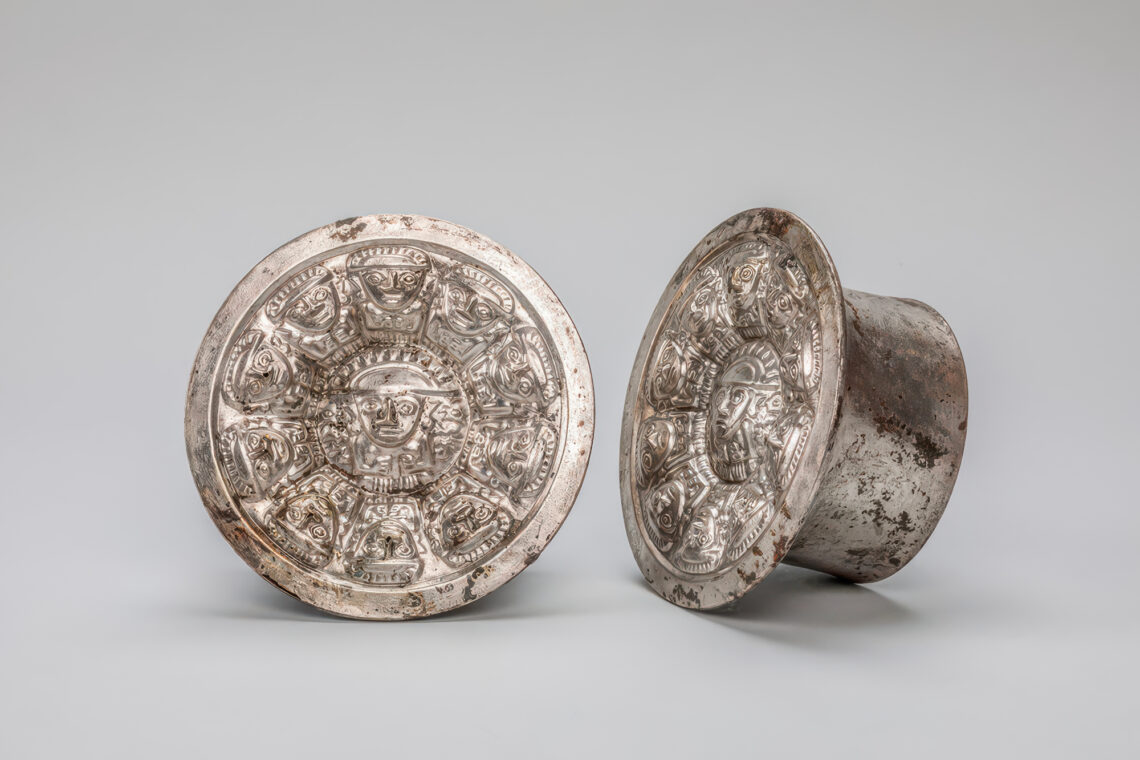
The Andean collection includes pre-Hispanic ceramics, textiles, gold and silver pieces, and works of stone, wood and shell, all from the Peruvian Andes, many of which have not been on view before. The exhibition "Fragmented Histories: Andean Art Before 1600" is a collaboration between the museum, the University of Illinois Urbana-Champaign Center for Latin American and Caribbean Studies, the Andean Archaeology research group at the University of Illinois-Chicago, and museum curators and archaeologists in Peru.
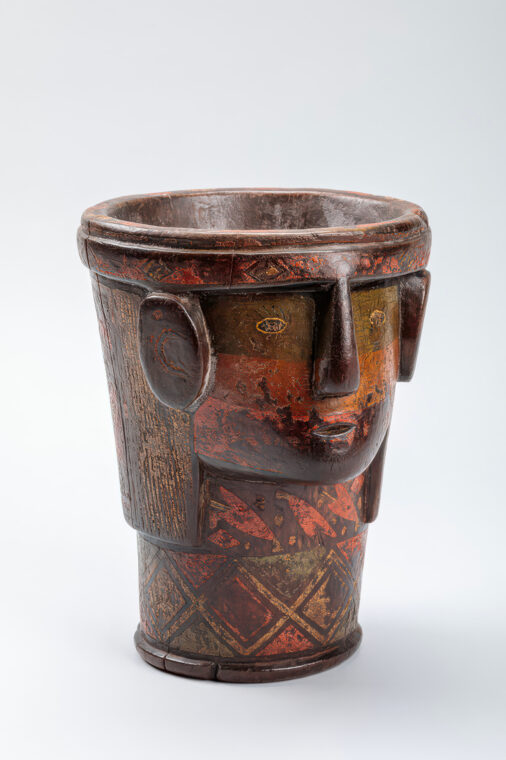
"It's really important to us to make clear that the objects on display still have stories. They aren't just dead objects. They are still active within the Peruvian cultural context," said Kasia Szremski, the associate director of the Center for Latin American and Caribbean Studies and an archaeologist who does research in Peru. She co-curated the Andean gallery project with Allyson Purpura, the museum's senior curator and the curator of global African arts.
The project replaced a linear exhibition structure that grouped objects by region or period with a reconfigured gallery that explores the mobility of ideas and innovation and of the objects themselves in transcultural exchange, Purpura said. The exhibition looks at how the objects were made, how copies have been forged for the art market and how they've inspired modern art, she said.
The gallery also examines the histories of how the objects have ended up in museums after being looted from ancient burial sites. Looting isn't just the systematic destruction of archaeological sites for profit, Szremski said. There are many processes that can result in the extralegal removal of objects from site.
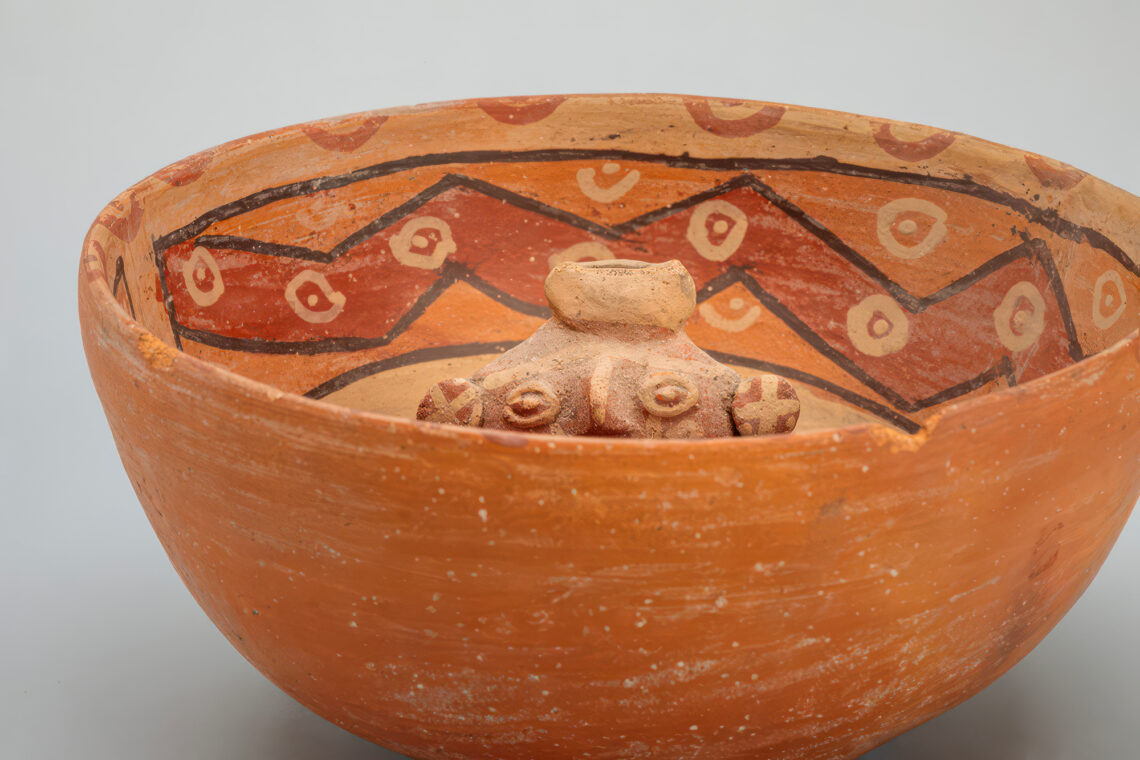
"The whole country is an archaeological site. If you're doing any kind of work in the ground, you're going to find things. Farmers who find things may give them away as gifts or maybe to a local museum," she said, adding that the gallery's approach aims to provide context and connect the objects with their communities of origin.
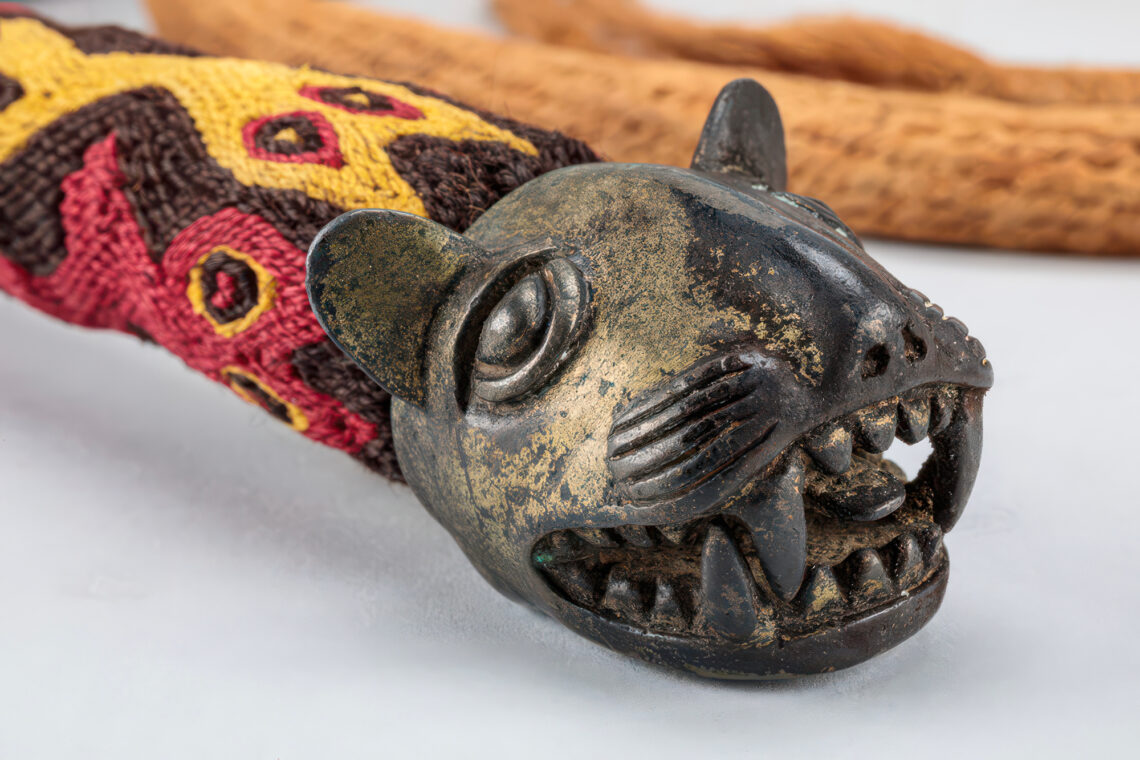
The project includes an interactive digital platform that will provide remote access to the collection and present information in Spanish, Quechua and English. It will include interviews by Szremski and Purpura with Peruvian collaborators that explore their relationships with artifacts and excavation sites and the importance of their cultural heritage.
Artist Ronny Quevedo, who was born in Ecuador and raised in New York City, will incorporate Andean objects from the museum's collection into his solo exhibition, "Ronny Quevedo: a l l s t a r s." His drawings, prints and installations deal with themes of identity, migration and cultural memory.
"His work is a great alignment with the Andean gallery themes," said Amy L. Powell, the museum's curator of contemporary art and the co-curator of the Quevedo exhibition, along with Purpura. "He's really intervening in the language of modern art and making sure it accounts for heritage that comes from the Americas and the Andes."
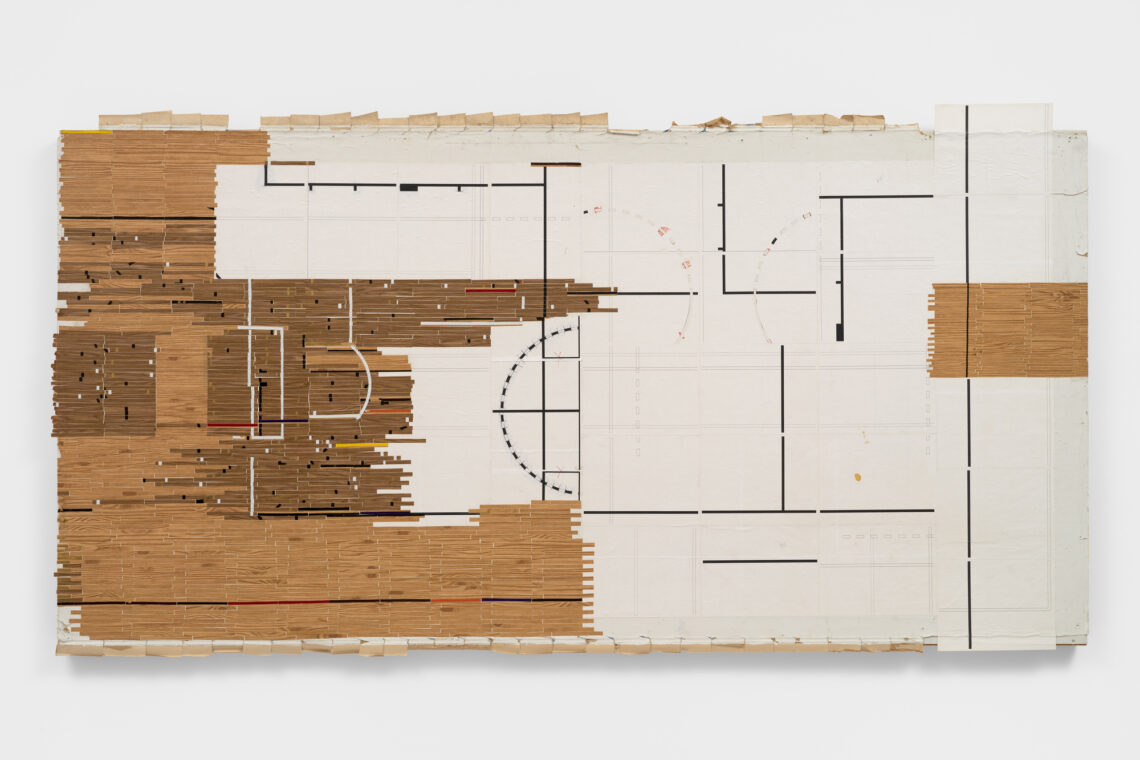
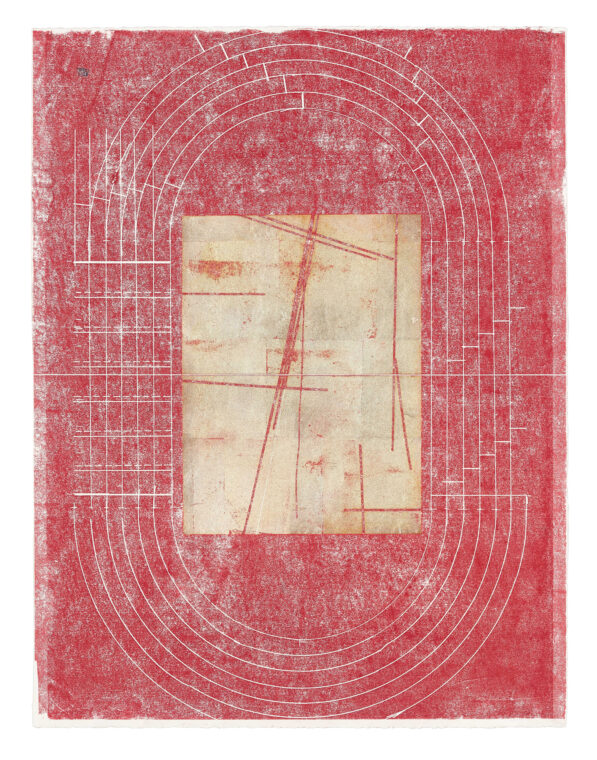
Quevedo's work uses line, materials and abstraction and the imagery and geometry of ball courts and playing fields to reflect diagrams and boundaries, and materials such as paper from drywall and dress patterns embellished with gold and silver leaf. His work incorporates his Andean heritage and the vocations of his father as a professional soccer player and referee and his mother as a seamstress.
"His use of line makes reference to the markings you see on ball courts and playing fields, and also the lines you can find on dressmaking patterns," as well as Nazca lines, which are geoglyphs made in the earth in the south coast of Peru, some of which form images that can only be seen when viewed from above, Purpura said. His drawing "Nazca half-time" transposes Nazca lines on the infield of a track.
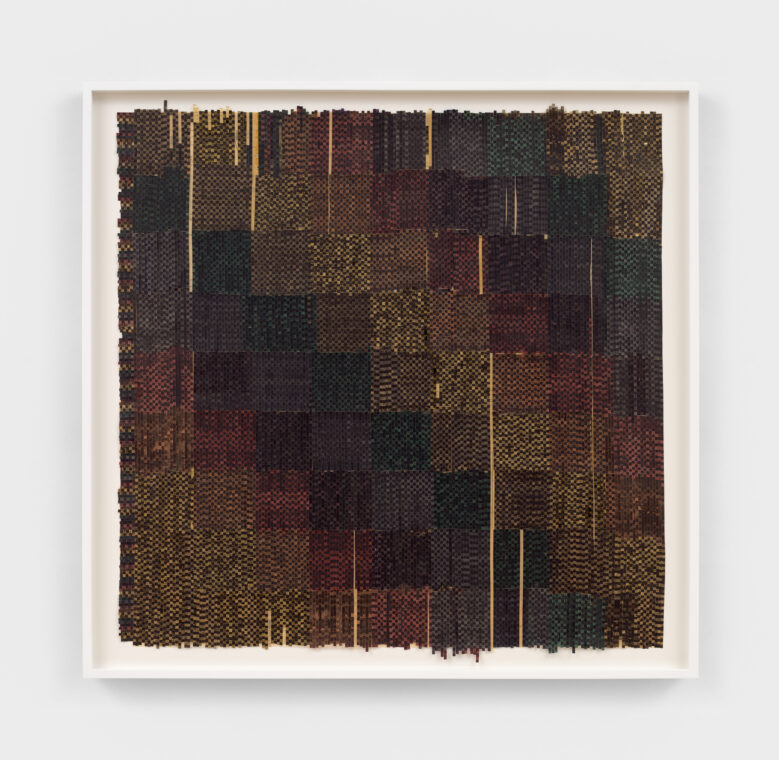
Quevedo designed a large structure for the exhibition that is a new version of his previous work "a mother's hand." The floor-to-ceiling stepped structure references bleachers, as well as the shape of pre-Hispanic pyramids. Quevedo for the first time incorporates into this work Andean objects - a woven sling or tumpline that was used by porters to help carry bundles on their backs and two gold fragments from head ornaments that are displayed on pedestals measured to the height of Quevedo's parents. Quevedo will attend the exhibition's opening and return for a public conversation with Powell and Purpura on Sept. 11 as part of the School of Art & Design Visitor Series.
The museum's Bow and Trees galleries featuring works of European and American art also are reopening after a renovation project to upgrade lighting, windows and the HVAC system. The reinstallation of the galleries includes several new acquisitions and more representation of women artists and artists of color, said Maureen Warren, the curator of European and American art, who co-curated the reinstallation with assistant curator Kathryn Koca Polite. The Bow Gallery features new, interesting juxtapositions of several paintings, Warren said.
Guy Wiggins' painting "Wall Street, New York" of a wintry New York City scene, inspired by Impressionism, is shown next to William S. Carter's painting "Savoy," a work inspired by Cubism and Carter's experience visiting New York City's jazz and dance scenes.
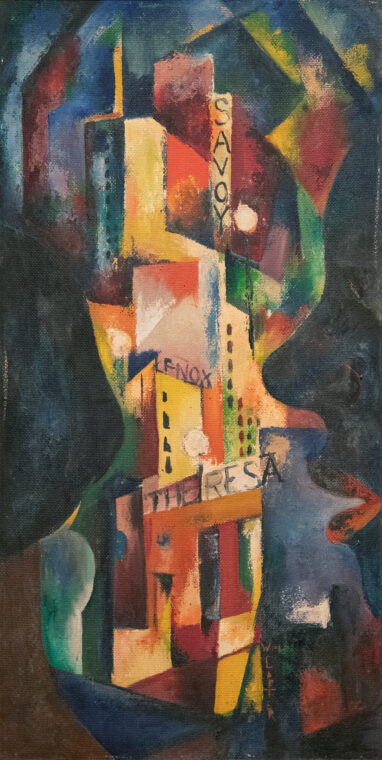
"Both of these painters embraced a level of abstraction to convey the vibrancy of the city," Warren said.
A recent acquisition, "The Lobster" by Macena Barton, was inspired by Dutch still life and is adjacent to "Still Life," a 17th century painting by Abraham van Beyeren. Dutch still life paintings sometimes have objects that emerge from an obscure background, creating depth and volume with dramatic contrasts of light and dark, Warren said. Barton's painting uses supersaturated color and the unlikely grouping of lobster, challah bread and spritz cookies.
"A lot of painters have tried to situate themselves within the Dutch still life tradition. It's a high bar, but Barton managed to make something new and tongue-in-cheek and amusing," Warren said.
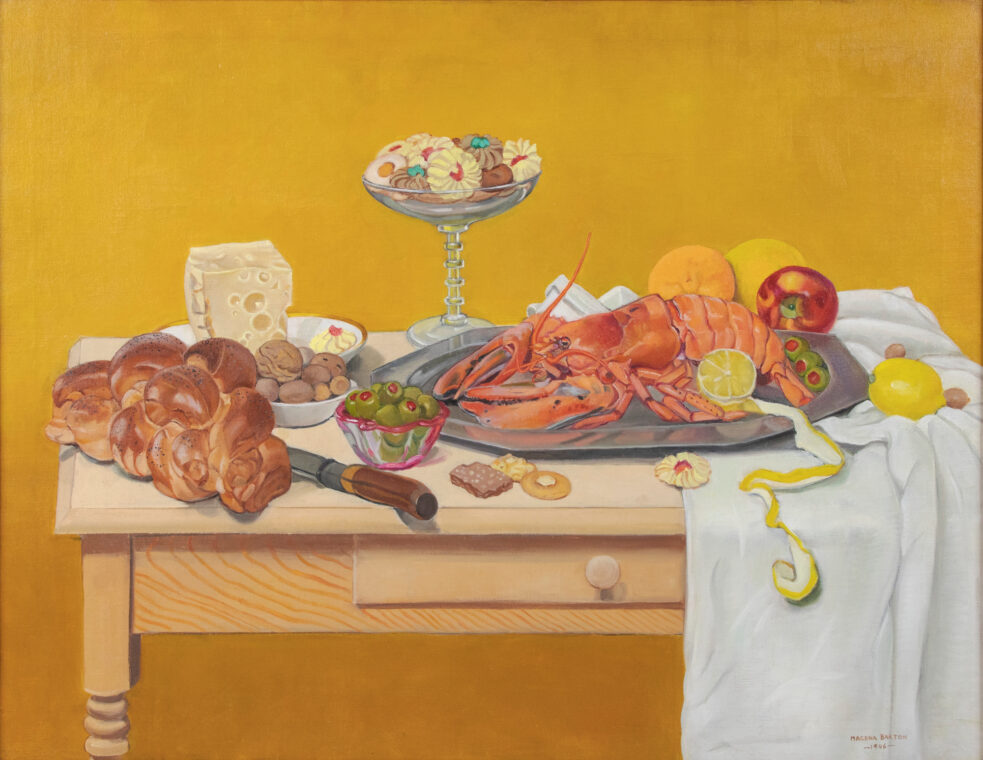
Two other recent acquisitions are "Self-portrait" by Martha Baker and "Portrait of Eleanor Anne Porden," a young author, by Mary Ann Flaxman. The paintings portray the women with the tools of their trades, a paintbrush and a pen, emphasizing their accomplishments as creators and intellectuals, Warren said.
The opening night reception will include a performance by Peruvian Quechua rapper Liberato Kani. Presentations will be shared in Spanish and English.






